Calosoma (Callisthenes) breviusculum (Mannerheim, 1830)
The various populations we collect in C. breviusculum and C. ewersmanni are easily sorted out from Central Asian species because of the short and stocky body shape and because of the shape of the pronotum which in both the species is characterized by the lateral channel restricted towards the apex, wider but not deepened on the basal part, with superficial basal foveae. The sculpture of elytra is almost smooth or the intervals are dissolved in an homogeneous graininess.
C. breviusculum, compared to the closely related specie C. ewersmanni, is traditionally differentiated referring to the characteristic of a finer microsculpture of the pronotum and of the elytra. However, this characteristic can vary between different populations and from individual to individual in both species. In doubtful cases, therefore, the shape of the pronotum, which in C. breviusculum has more raised lateral margin with relatively deeper basal foveae and more elongated posterior angles, must be considered above all.
C. breviusculum is widespread from the Turkish Kurdistan to Armenia and northern Iran, up to Azerbaijan.
The eastern populations are quite different from the western ones, considered as typical, because they have almost smooth elytra without granulation in which barely dotted striae, separating imbricated intervals of a triploid pattern, are still legible. These populations can be further distinguished into two slightly different and geographically isolated subspecies.
Calosoma (Callisthenes) breviusculum breviusculum (Mannerheim, 1830)
Carabus breviusculus Mannerheim, 1830: 61 (described from: mont Kop-Dagh entre Beiburt et Trébisonde); type material: unspecified number of specimens, no repository given.
Carabus orbiculatus Motschoulsky, 1839: 88 (described from: Mt.Ala Guez et Diligean); unspecified number of specimens, no repository given; lectotype ♂ (Mt.Ala Göz, Daratschitschag) designated by Kryzhanovskij (1966) in Zoological Institute, Russian Academy of Sciences, St. Petersburg (Obydov, 2002: 74)
Callisthenes Motschoulskii Fischer von Waldheim, 1842: 271 (unnecessary nomen novum pro Carabus orbiculatus
Callisthenes Reichei Guérin-Méneville, 1842: 271 (type locality: Perse); description compatible with one specimen ex coll. Reiche; lectotype ♀ designated by Deuve (1978: 248) in Muséum National d'Histoire Naturelle, Paris [examined]
Calosoma araraticum Chaudoir, 1846: 104 (described from: Armenie); description compatible with one specimen ex coll. Chaudoir; lectotype ♂ (Ararat) designated by Deuve (1978: 250) in Muséum National d'Histoire Naturelle, Paris [examined]
Calosoma (Callisthenes) breviusculum reichei Zaitzev, 1918: 267
Calosoma (Callisthenes) breviusculum tamerlanum Zaitzev, 1918: 268 (described from: Erzerum, Chnys-kala) type material: unspecified number of specimens, no repository given (Obydov, 2002: 73)
Calosoma (Callisthenes) reichei Breuning, 1928: 69
Calosoma (Callisthenes) breviusculum Breuning, 1928: 71
Calosoma (Callisthenes) breviusculum ab. araratica Breuning, 1928: 71
Callisthenes (Isocallia) breviuscula Lapouge, 1931: 373
Callisthenes (Isocallia) breviuscula reichei Lapouge, 1931: 374
Callisthenes araraticus Jeannel, 1940: 186
Callisthenes breviusculus Jeannel, 1940: 187
Callisthenes breviusculus Obydov, 2002: 73
Length 16-25 mm. C. breviusculum breviusculum is characterized by the sculpture of elytra dissolved in minute and homogeneous graininess, in which, sometimes, the primary intervals are still recognizable. This kind of sculpture, according to the opinion of Jeannel (1940), should represent the last stage of evolution of a pentaploid type.
C. breviusculum breviusculum can be found starting from eastern Turkey (Turkish Kurdistan) up to Armenia.
Examined specimens and literature’s data
Armenia. Aragatsotn prov. Aragats mt. 2700m (SB), Artashavan (naturalist.org/obs); Ararat mt (araraticum type, MNHN), Araxes Valley (Breuning, 1928b: 72), Ashotzk 1900 m (SB), Erivansk (SB); Sevan 2400 m (EM, SB); Gechard 1800 m (EM); Kotaj, Gegghadir (SB); Ashtarak, Byurakan (SB); Khosrov, Khachadzar reserve (EM, SB); Covajyuk Scuon (SB); Mount Ala-Guez (EM); Shirak: Spitak pass. 2300m (SB TL); Covajyuk Scuon (SB); Mount Ala-Göz (EM).
Turkey. Bitlis: Kuzgunkiran gecidi, 2200 m (EM, SB); Muş: Buglan gecidi (SB), Kars: Pasli 2200 m (SB), Digor, Aygır Gölü; Ardahan: Kisir Dağı, between Ardahan and Göle, 2000 m (EM), Göle (TL); Tunceli: Pülümür; Van, Ararat (Heinz & Pavesi, 1994: 10); Erzurum: Kop Dağı (Kopet Dagh) (Breuning, 1928b: 72), Chnyskala (=Ehinis, 65 Km. South West of Erzerum) (tamerlanum type, Obydov, 2002: 74); Hakkâri prov. (www.entomologiitaliani.net)
Notes: Brachypterous. It inhabits uplands pastures and steppes from 1800 to 2400m.altitude and has been observed running in clearings in broad daylight or taking refuge in holes it had dug in the ground (Chaudoir, 1850: 98). A similar behavior, anyhow, has been noted when dealing with other species of the subgenus Callisthenes. Adults were collected from April to July.
 (Mannerheim, 1830) Armenia: Shirak prov., Ashotzk 1900m, 10.06.1992, P. Kazarjan |
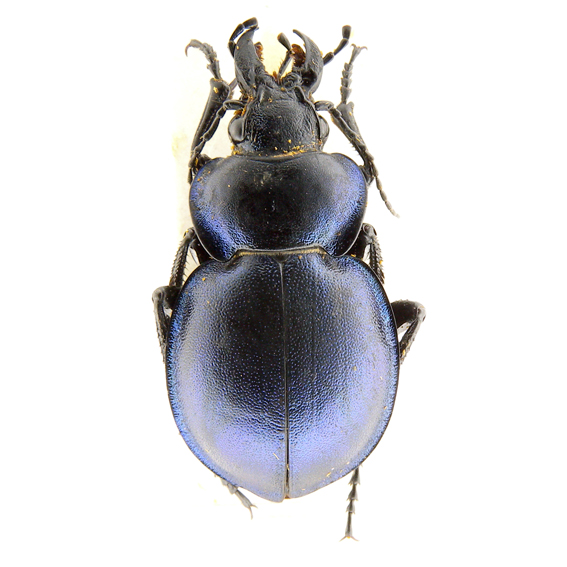 (Mannerheim, 1830) Armenia: Shirak prov., Ashotzk 1900m, 10.06.1992, P. Kazarjan |
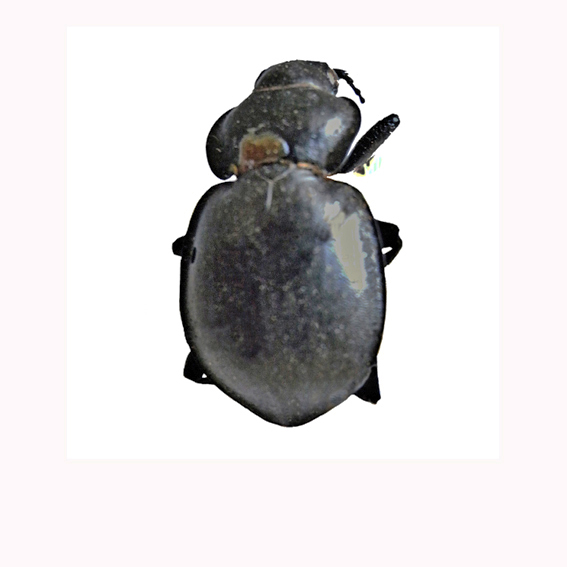 (Mannerheim, 1830) Perse (lectotype of Calosoma Reichei Guérin-Méneville (coll. Muséum National d'Histoire Naturelle, Paris) |
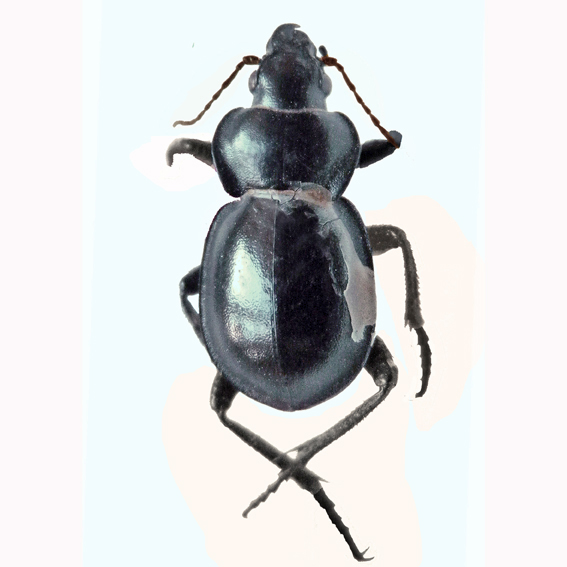 (Mannerheim, 1830) Ararat (lectotype of Calosoma araraticum Chaudoir (coll. Muséum National d'Histoire Naturelle, Paris) |
 (Mannerheim, 1830) Turkey, Buglan gecidi, Mush, Bingol prov. border, 1800m, 20-22.V.2009, D. Kasaktin lgt. |
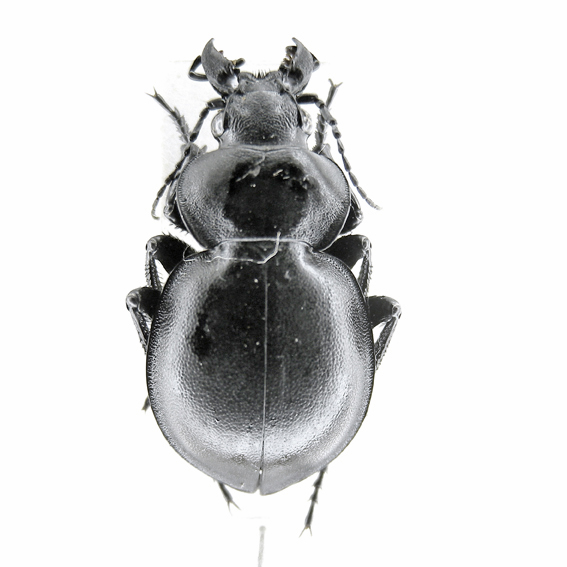 (Mannerheim, 1830) Turkey, Buglan gecidi, Mush, Bingol prov. border, 1800m, 20-22.V.2009, D. Kasaktin lgt. (SB) |
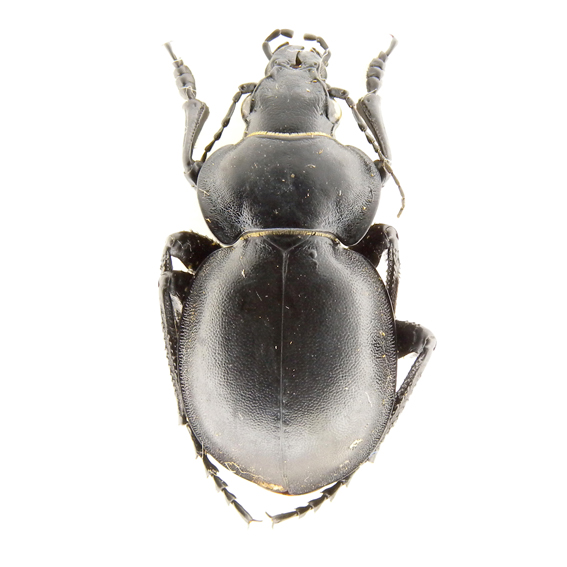 (Mannerheim, 1830) Armenia: Nairi distr., mount Arailer 2000m.,V.2000 |
 (Mannerheim, 1830) Turkey, Kars, Pasli, 2.200m. 12/18.V.98 |
Calosoma (Callisthenes) breviusculum substriatum (Motschulsky, 1859)
Callisthenes substriatus Motschulsky, 1859: 126 (described from: mts Sagan-Loug, Perse) unspecified number of specimens, no repository given; lectotype ♂ (Lenkoran) designated by Kryzhanovskij (1968) in Zoological Institute, Russian Academy of Sciences, St. Petersburg (Obydov, 2002: 77)
Calosoma (Callisthenes) reichei substriatum Breuning, 1928: 69
Callisthenes panderi substriatus Lapouge, 1932: 375
Callisthenes araraticus substriatus Jeannel, 1940,: 186
Callisthenes substriatus Obydov, 2002,: 76
Both the eastern populations of C. breviusculum, namely substriatum and pumicatum, had been attributed by Jeannel (1940) to C. araraticum Chaudoir 1846. According to Obydov (2004) C. araraticum is a morpha of altitude of C. breviusculum with almost smooth elytra, while substriatum and pumicatum are distinct species.
Both of them are distinguished from the typical population for the elytra not grainy, but smooth with week traces of triploid sculpture; furthermore, on average, the dimensions are smaller and the shape of the body is thinner. Therefore, considering the scarce morphological differences and the contiguity of habitats, we prefer to consider them as two distinct subspecies inside the cluster of C. breviusculum, even if the differences between them are minimal and require great attention to be perceived
Compared to C. breviusculum pumicatum, C. breviusculum substriatum is characterized by the more wrinkled pronotum and by the very superficial sculpture of the elytra with weakly punctured striae, and flat but clearly scaly intervals. It is located in the Talysh range, on the border between Azerbaijan and Iran.
Examined specimens and literature’s data
Azerbaijan. Talish mounts (SB); Astara distr. 1700 m (SB), Nakhichevan, Buzgov (sub araraticus, http://www.zin.ru/), Gasmalian (= Gosmalijion) (http://carabidae.org/)
Notes: Brachypterous. Adults were collected in May and June.
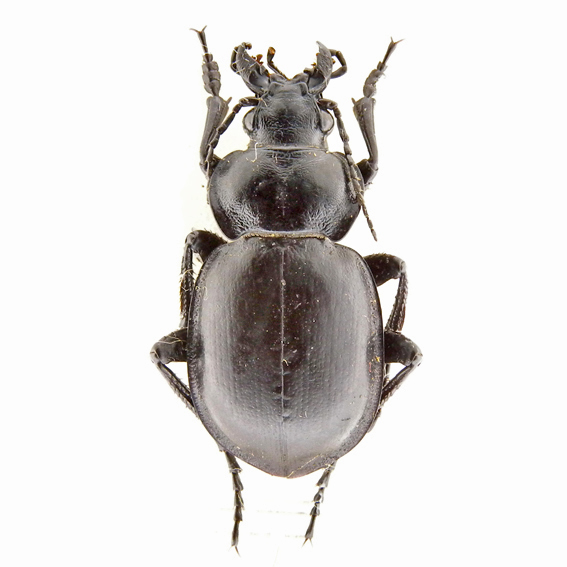 (Motschulsky, 1859) Azerbaijan: Talish, Astara distr. Palikesh vill., 1700m, 10.06.03, I. Pljiusch leg. |
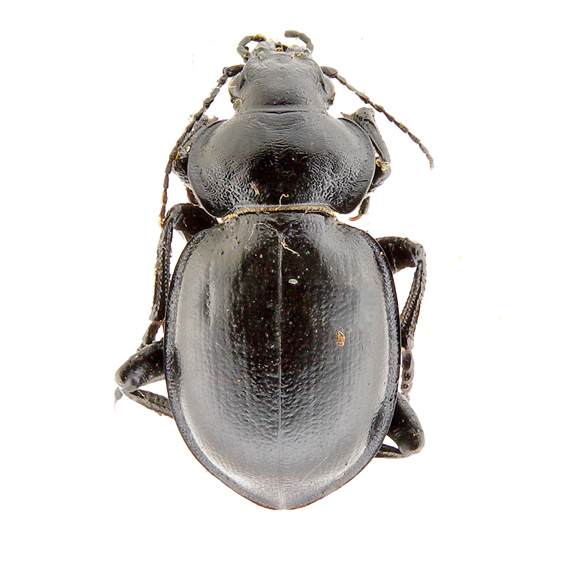 (Motschulsky, 1859) Azerbaijan: Talish, 19.V.75 |
Calosoma (Callisthenes) breviusculum pumicatum Lapouge, 1907
Calosoma substriatum var. pumicatum Lapouge, 1907: 124 (type locality: de Zendjan à Ardébil); type material: 3 ♀♀; lectotype ♀ designated by Deuve (1978: 255) in Muséum National d'Histoire Naturelle, Paris [examined]
Calosoma (Callisthenes) Schelkovnikovi Zaitzev, 1918: 268 (type locality: mts Sekhend); holotype ♂ in Zoological Institute, Russian Academy of Sciences, St. Petersburg (Obydov, 2002: 79)
Calosoma (Callisthenes) shelkovnikovi zarudnianum Semenov et Redikorzev, 1926: 111 (type locality: W Pers.); holotype ♂ in Zoological Institute, Russian Academy of Sciences, St. Petersburg (Obydov, 2002: 78)
Calosoma (Callisthenes) reichei ab. pumicata Breuning, 1928: 69
Callisthenes panderi substriatus pumicatus Lapouge, 1932: 375
Callisthenes araraticus pumicatus Jeannel, 1940: 186
Callisthenes pumicatus Obydov, 2002: 77
Callisthenes pumicatus shelkovnikovi Obydov, 2002: 78
Length 17-21 mm. The pronotum of C. breviusculum pumicatum is slightly less wrinkled than C. breviusculum substriatum and it is almost smooth on the disc. The sculpture of the elytra is characterized by more superficially punctured striae and by even more flat intervals.
shelkovnikovi, that Jeannel (1940) had considered as superfluous, has been revalued as a subspecies of pumicatum by Obidov (2002), based on scarcely significant morphological characteristics.
C. breviusculum pumicatum is found in a relatively large area of north-eastern Iran.
Examined specimens and literature’s data
Iran. from Zendjan to Ardabil (type of pumicatum MNHN); Ardabil: Noor Lake (SB), Namin (Atamehr, 2013: 190), 27 km NE di Nir, 1700 m (EM), 20 km S of Meshgin Shahr; Zanjan: Zarrin Abad (SB); East Azerbaijan: sud Ahar 2.100m. (SB); Mounts Sahand (Sekhend) (type of shelkovnikovi, Obidov, 2002: 97); Qazvin: Qazvin 1500 m (EM); Zanjan: Zarrin Abad (SB); Kurdistan: 2,5 km sud Sadequabad (TL), Howmeh (Ebay).
Notes: Brachypterous. It lives on pastures and steppes of high and medium altitudes from 1500 to 2100m. Adults were collected in May and June.
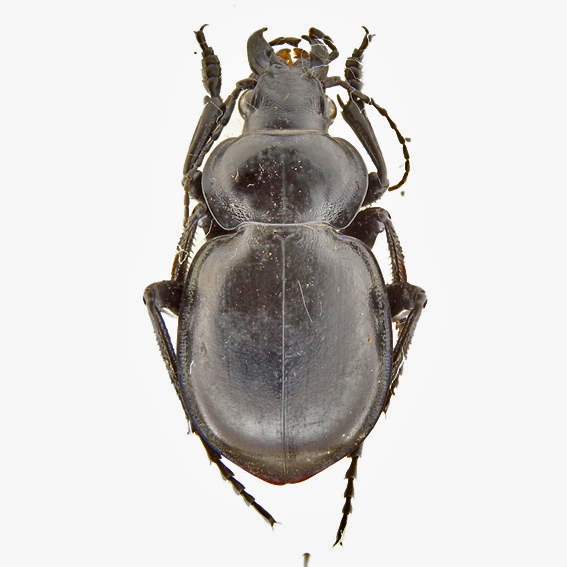 Lapouge, 1907 Iran: Azerbajan iranien, sud Ahar 2.100m., Mts Kuhha ye Sabalan,VI.2003 |
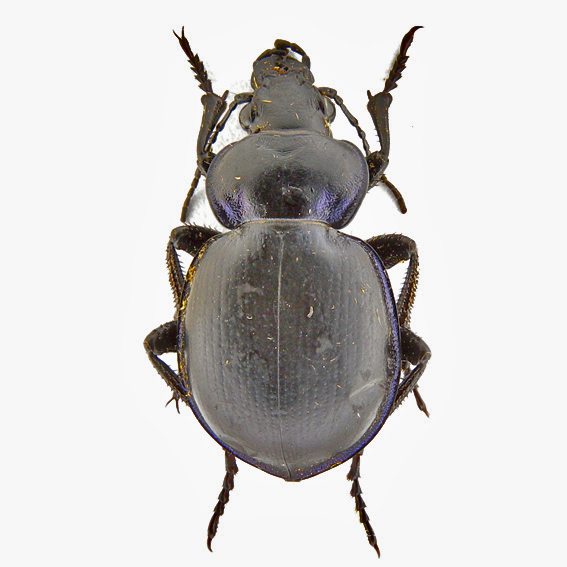 Lapouge, 1907 Iran: Ardabil prov., Noor lake, 22.5.2010, Skoupý leg. |
 Lapouge, 1907 de Zendjan à Ardébil (lectotype) (coll. Muséum National d'Histoire Naturelle, Paris) |